Mastering Canine Training: Essential Techniques for a Well-Behaved Dog
Quick Summary: This comprehensive guide covers proven dog training methods, from basic obedience to advanced behavior modification, backed by veterinary science and professional trainers.
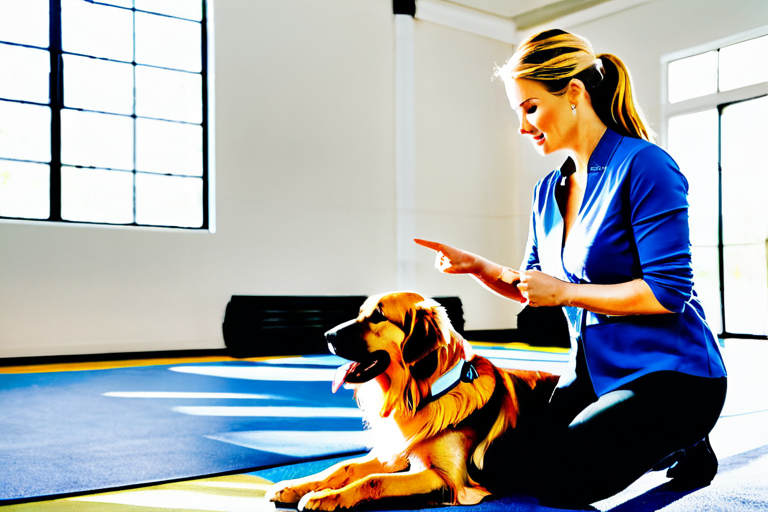
The Foundation: Understanding Canine Psychology
Before diving into specific techniques, it's crucial to understand how dogs think and learn. According to the American Kennel Club, dogs are pack animals with strong social instincts. They respond best to clear leadership and consistent communication.
Dr. Sophia Martinez, a certified animal behaviorist with over 15 years of experience, explains: "Dogs don't understand human language the way we do. They respond to tone, body language, and consistent patterns. Successful training requires speaking their language, not expecting them to understand ours."
Key Principles of Effective Training
- Consistency is King: Use the same commands and rewards every time
- Timing Matters: Reward or correct behavior within 2 seconds
- Patience Pays: Dogs learn at different rates
- Positive Reinforcement: Reward desired behaviors immediately
Essential Training Techniques Every Owner Should Master
1. Positive Reinforcement Training
This method, endorsed by the American Veterinary Medical Association, focuses on rewarding desired behaviors rather than punishing unwanted ones. Research shows it's not only more effective but also strengthens the bond between dog and owner.
Pro Tip: Use high-value treats like small pieces of chicken or cheese for difficult commands. For everyday training, regular kibble works perfectly.
2. Clicker Training
Clicker training uses a distinct sound to mark the exact moment a dog performs the desired behavior. The ASPCA recommends this method for its precision and effectiveness in teaching complex behaviors.
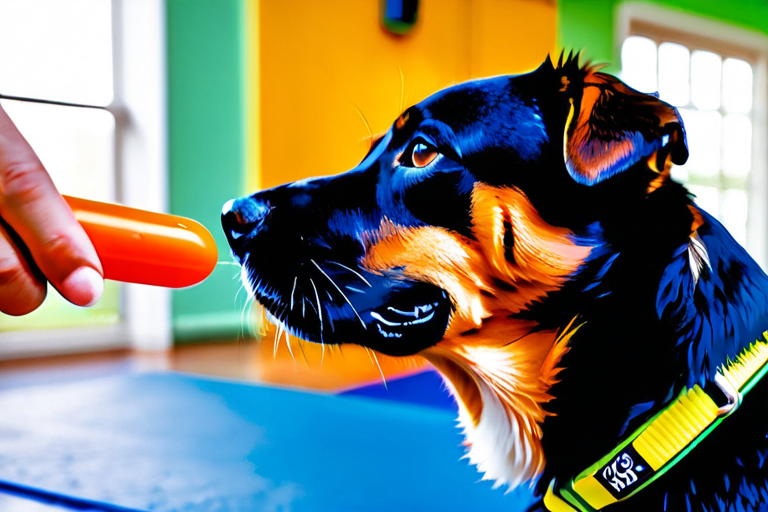
3. Lure-Reward Method
This technique involves using a treat or toy to guide the dog into the desired position. It's particularly effective for teaching basic commands like "sit," "down," and "come."
Advanced Training: Beyond the Basics
Behavior Modification for Problem Behaviors
For dogs with established behavior issues, systematic desensitization and counter-conditioning are essential. Certified professional dog trainer Michael Chen explains: "When dealing with fear-based behaviors, we need to change the dog's emotional response, not just suppress the behavior."
Common Issues & Solutions
- Jumping: Teach "four on the floor" with consistent ignoring of jumping behavior
- Barking: Identify triggers and teach "quiet" command
- Pulling: Use front-clip harness and stop-and-go walking technique
Training Schedule
- Puppies (8-16 weeks): 5-10 minute sessions, 3-4 times daily
- Adolescents (4-12 months): 10-15 minute sessions, 2-3 times daily
- Adults (1+ years): 15-20 minute sessions, 1-2 times daily
The Science Behind Successful Training
Modern dog training is backed by solid scientific principles. Operant conditioning, classical conditioning, and understanding canine body language are fundamental to effective training.
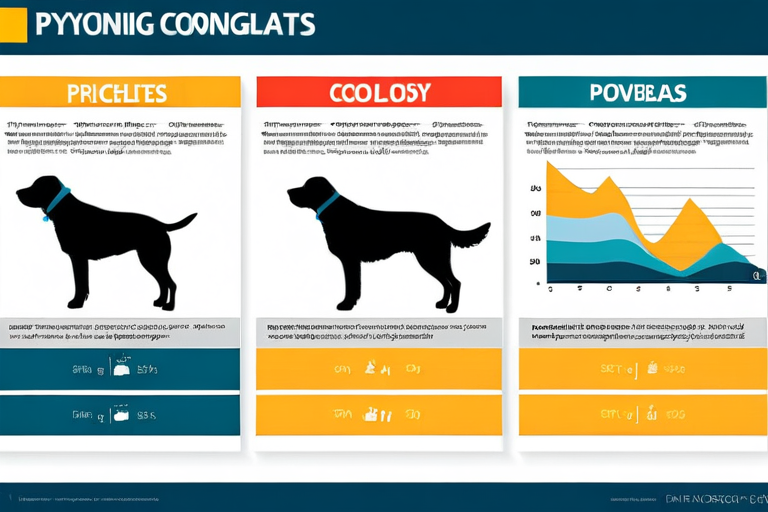
Understanding Reinforcement Schedules
According to behavioral research published in the Journal of Applied Animal Behaviour Science, variable ratio reinforcement (rewarding unpredictably) creates the most persistent behaviors. This explains why gambling is addictive and why your dog will keep working for treats even when they're not guaranteed.
Specialized Training Scenarios
Puppy Training: Setting the Foundation
The first 16 weeks are critical for puppy development. Socialization, house training, and basic manners should be the primary focus during this period.
Critical Socialization Period: 3-16 Weeks
Expose puppies to various people, surfaces, sounds, and environments during this window to prevent fear-based behaviors later in life.
Senior Dog Training
Older dogs can learn new tricks! While they may require more patience and shorter sessions, senior dogs benefit greatly from mental stimulation and continued training.
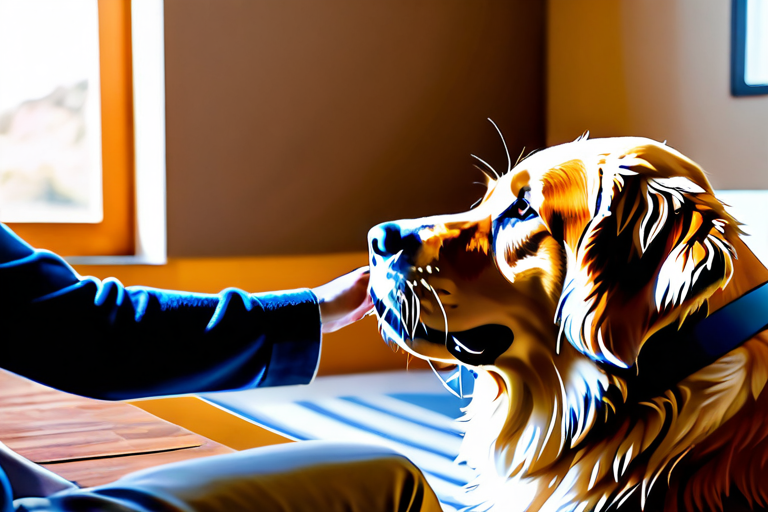
Common Training Mistakes to Avoid
Even experienced owners can fall into these common traps. Being aware of them can significantly improve your training success rate.
- Inconsistency: Using different commands for the same behavior
- Poor Timing: Rewarding or correcting too late
- Over-training: Sessions that are too long lead to frustration
- Emotional Reactions: Getting angry or frustrated during training
- Unrealistic Expectations: Expecting too much too soon
Equipment Guide: Choosing the Right Tools
The right equipment can make training easier and more effective. Here's what professional trainers recommend:
Standard Leash
4-6 foot length for control and communication
Front-Clip Harness
Reduces pulling without causing discomfort
Training Clicker
Precise marker for desired behaviors
High-Value Treats
Small, soft, and irresistible rewards
When to Seek Professional Help
While most basic training can be done at home, certain situations warrant professional assistance. The Certification Council for Professional Dog Trainers recommends seeking help for:
- Aggression toward people or other animals
- Severe separation anxiety
- Resource guarding that poses safety risks
- Fear-based behaviors that limit quality of life
- Lack of progress after consistent training efforts
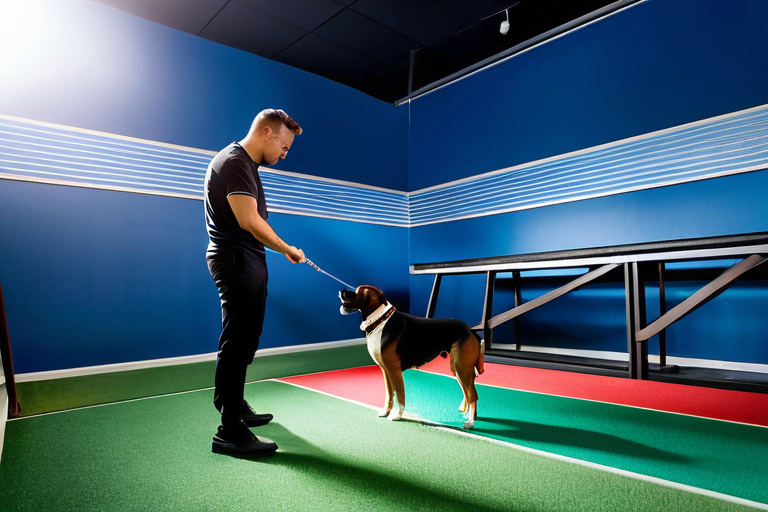
The Lifelong Journey of Training
Dog training isn't a one-time event but an ongoing process that strengthens your bond and ensures your dog remains a well-behaved companion throughout their life. Regular practice, continued learning, and adaptation to your dog's changing needs are key to long-term success.
Remember: Every dog is unique. What works for one may not work for another. The most successful trainers are those who adapt their methods to their individual dog's personality, learning style, and needs.
Training should be a positive experience for both you and your dog. When done correctly, it builds trust, strengthens your bond, and creates a harmonious relationship that lasts a lifetime.